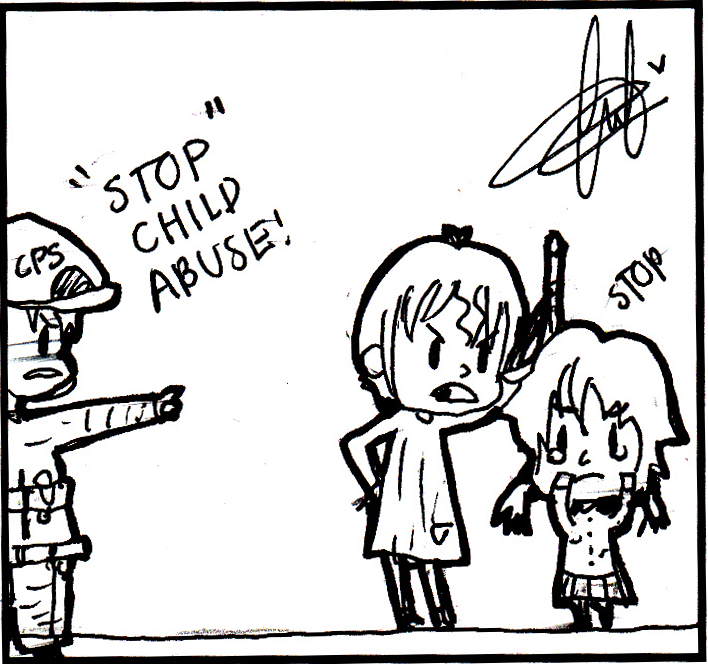Flawed System Fails to Protect Children

Editor in Chief
Social issues have existed for centuries, and as a result, programs have been created to address these rampant but perhaps hidden concerns. As a whole, the system of child protection services (CPS) generally remains largely unnoticed and out of the public’s sight. The very notion of the program is vague at best, with one main goal: to lower the rates of child abuse and maltreatment. However, upon closer examination, CPS tend to have extraordinarily low success, with families and children in similar condition to their pre-case situations.
The Child Abuse Prevention and Treatment Act of 1974 was designed to promote more extensive data collection for child abuse cases, yet the CPS that were subsequently established neither prevented nor treated the long-term problem. According to a 2010 study published in the Journal of the American Medical Association (JAMA), seven key risk factors remained unaddressed even after visits from caseworkers: social support, family functioning, poverty, maternal education, maternal depressive symptoms, anxious/depressive and aggressive/destructive child behaviors.
Essentially, while caseworkers are primarily concerned with immediate dangers such as substance abuse or domestic violence, the system fails to adequately address other base issues as well. These solutions save children at the moment but allow underlying problems to exist, meaning that children in those families stay at high risk for future abuse or neglect.
Furthermore, follow-up is crucial to ensure that maltreatment and violence do not reoccur, but only 38 percent of children receive post-investigative services. Where the problem resides is the fact that caseworkers are spread too thinly; one worker is assigned too many cases, reducing the effectiveness of solving any single case because of time constraints and the need to move on to the next family. What CPS need to do is collaborate with physicians, other professionals and programs such as those for parent training and behavioral therapy to target specific problems after the period of home visits has passed. To effectively address the issue of child maltreatment, CPS must realize that a hit-and-run approach simply will not eliminate many serious risk factors, and it is time for the system in its entirety to step up to the plate in tackling a tremendous social concern.
Citizens can aid the effort to reduce child abuse by supporting public awareness programs, such as Children’s Trust Funds, Prevent Child Abuse America and the Blue Ribbon Campaign. Another important aspect is reporting any suspicion of abuse; knowing how to properly do so could potentially save lives. Officials who are mandated by law to report potential abuse cases include physicians, dentists, licensed nurses, school employees, psychologists, firefighters and emergency medical technicians, as well as many others. While these mandatory reporters do make up the bulk of reported cases, it is important to remember that each individual possesses a moral duty and an opportunity to make a difference. As Edmund Burke once said, “The only thing necessary for the triumph of evil is for good men to do nothing.”